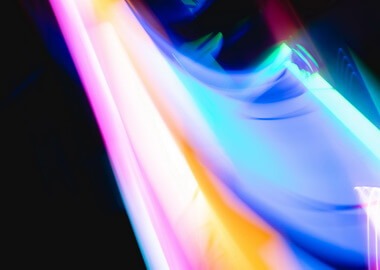Top 10 Different Types of Sensors Used in IoT (Internet of Things) Applications
The Internet of Things is a complex technology. It has several architecture layers and a network of connected devices that interact with each other to build convenient and valuable applications. Although the components of IoT systems may vary depending on the scope and scale of the application, most of these tools share data collection mechanisms and rely on sensors.
In this post, we will examine different types of sensors for Internet of Things used to capture relevant information, touch on their differences, and practical applications.
By definition, an IoT sensor is a device that captures real-world data and translates it into a piece of information that could be interpreted by other instruments. As the name suggests, sensors react to stimuli — be it a change in temperature, electric current, or a different property.
There are many different types of sensors used in IoT applications, including acoustic, vibration, load, motion, water and air quality, even infrared radiation. We are going to talk about arguably the top IoT sensors used in connected devices and infrastructures today.
The easiest way to group Internet of Things sensors is by the type of data they are designed to capture. There are dozens of different sensor modifications, and the following IoT sensors list is not exclusive. We will take a look at the most common ones, as well as their respective applications.
Optical sensors
This group consists of different types of IoT environment sensors capable of capturing a physical quantity of light and converting it to a digital signal. Light and electro-optical sensors are the common representatives of this category.
These devices are well-known for versatility and a wide range of applications.
Optical sensors in automated vehicles
The introduction of optical sensors is highly beneficial in the automotive industry. These devices are used for empowering smart parking applications, object recognition, and light detection tools in autonomous vehicles.
Optical sensors in healthcare
Health tech companies adopt optical sensors for IoT applications focused on condition monitoring and testing: blood flow management tools, skin irritation testers, duodenum and stomach perfusion management equipment, and other health-assessment apps.
Optical sensors in smart cities
Optical sensors empower urban security systems — they are the cornerstone of face recognition platforms, adaptive street lighting (a smart light bulb determines when there’s a bypasser in the vicinity and activates automatically). Other than that, IoT optical sensors are used to ensure the integrity of the urban infrastructure, detecting cracking or deformations of roads and bridges.
Example: Verizon partners with NEC to combine optical sensors and AI technologies and deliver smart traffic monitoring systems for safer more efficient traffic management.

Motion detectors
Motion detectors are a type of sensor designed to react to a shift in the placement of an object they are attached to — be it a human, an animal, or an object.
These are some of the most widely-used types of sensors in IoT systems for security monitoring — business owners, governments, and homeowners use motion sensors to prevent privacy invasion. Combined with actuators, these devices help build systems that alert homeowners when someone’s close to the property or ring the doorbell, and they are also often used to conserve energy.
Motion sensors in wearables
Wearable devices are one of the most used applications for motion sensors. Embedded in smartwatches, these detectors track micromovements or location changes.
Motion sensors in smart home
Motion detectors improve the quality of life at our homes and sustainability efforts by empowering dozens of connected applications. Motion sensors have a lot to do with ensuring at-home security — they are at the core of automated gate systems, camera triggers, and security alarms.
Example: Hue Motion Sensor (an adaptive lighting system), Fibaro, or Onvis Motion Sensor are some of the most popular motion detector tools homeowners use to have remote control over their living space and integrate automation into everyday activities.
Motion sensors in smart cities
Motion sensors help create connected public transportation management systems (smart city residents get real-time updates on the location and availability of buses or taxis), plus traffic congestion management systems and smart road tools (devices that detect accidents in real-time and alert drivers). The motion sensors also integrate with smart lighting platforms and other connected solutions in the urban sector.
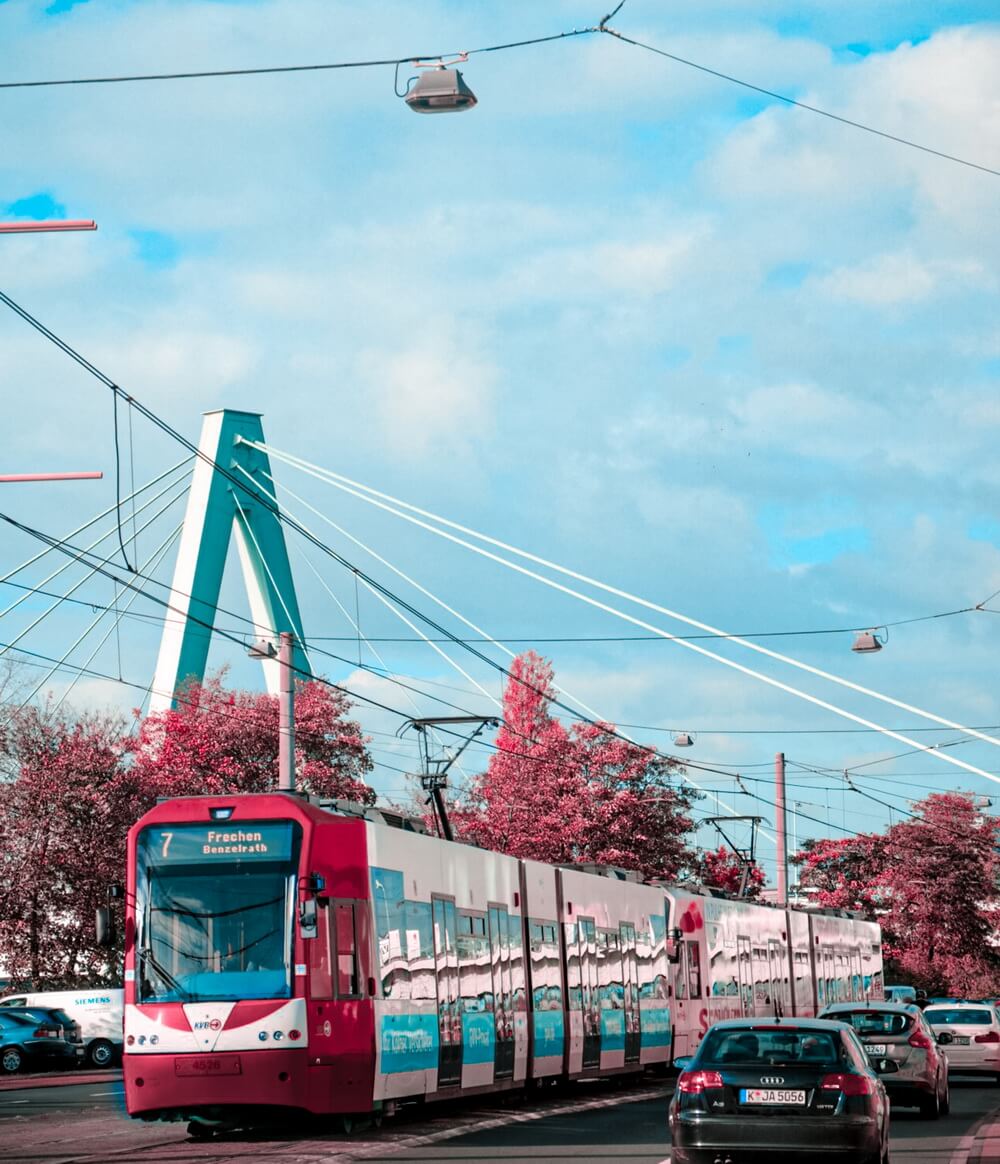
Humidity sensors
These devices capture the amount of water vapor and other gases in the air (referred to as ‘relative humidity’ or ‘RH’). Humidity sensors are often used to ensure safety at industrial plants and other institutions with high-risk chemical hazards.
Humidity sensors in manufacturing
Industrial humidity sensors help manufacturers prevent condensation on factory floors. If a factory floor becomes too saturated with moisture, the production line could become crippled. By installing a humidity sensor on the floor, industrial company managers can monitor HVAC systems in real-time and build platforms that adjust in-air moisture.
Humidity sensors in smart home
To improve personal productivity and well-being, a lot of homeowners use humidifiers and HVAC systems. However, if mismanaged, these tools can do more harm than good — they can spread mold in the air or lead to furniture damage.
Example: Thanks to humidity smart home sensors like iHome or Aqara, homeowners can keep track of how dry the air inside the house is. These devices collect real-time humidity data, transfer it to the network where it’s transformed into actionable commands — adjusting the HVAC system, activating a humidifier, etc.
Humidity sensors in agriculture
Humidity sensors are used to monitor and optimize the humidity inside of greenhouses. Additionally, these detectors help keep track of humidity levels in hay or straw, preventing the spread of fungi or micro bacteria that could damage crops and reduce the yield.
Learn about our agriculture software development services.
Humidity sensors in environment control
Humidity sensors are widely used to monitor the habitability of living areas. They also help scientists and community managers detect dangerous environmental patterns by tracking the humidity of the soil.
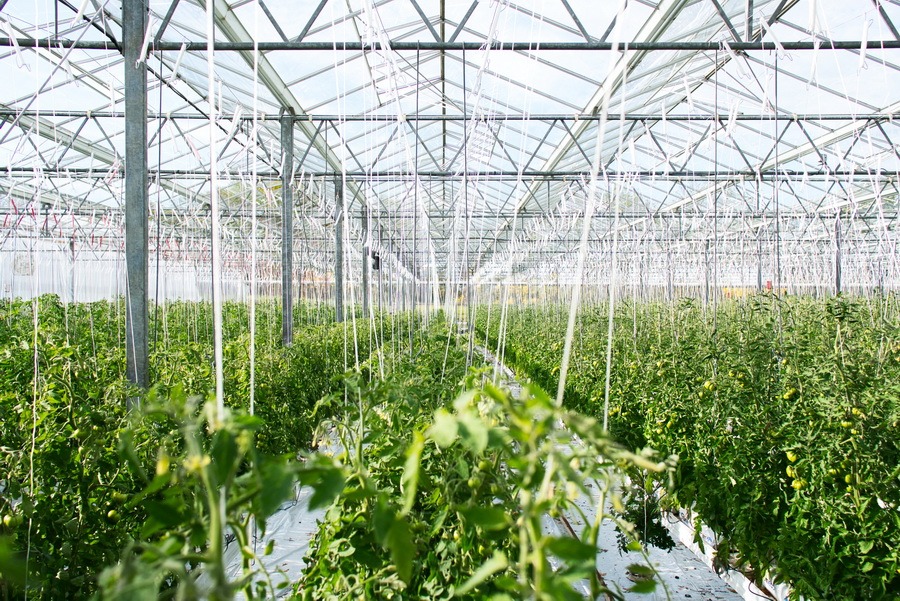
Water quality sensors
Water quality sensors detect a range of values that help determine the quality of water. These devices are widely implemented in the filtration and water distribution systems.
Water quality sensors in potable water monitoring
Since the poor quality of potable water results in the spread of infectious diseases and overall lower median life expectancy, ensuring worldwide compliance with safety standards is crucial. To that end, researchers, governments, and business owners create smart systems that help monitor the number of contaminants in the water we drink — such devices rely on water quality sensors primarily.
Sea pollution levels monitoring
High levels of sea pollution affect marine life, reduce biodiversity, and contribute to the nutritional crisis society is currently fighting. IoT sea pollution meters use pH, OPR, and other IoT sensor types to measure the acid-base balance or the number of suspended solids in a given water source.
Thanks to water quality sensors, community managers can keep tabs on in-water waste disposal and fine those responsible for pollution spikes.
Swimming pool management
Wellness, entertainment, and tourism facility managers employ water quality sensors as well to ensure visitor safety in swimming pools. Connected water quality monitoring devices help monitor the number of germs and bacteria in the water and start cleaning activities automatically once the pollution levels are close to preset limits.
Example: pHin is a great example of using IoT-based sensors for monitoring water quality in pools, spas and even hot tubs. It provides real-time measurement of water quality, creates reports, sends alerts and provides recommendations for keeping high water quality.
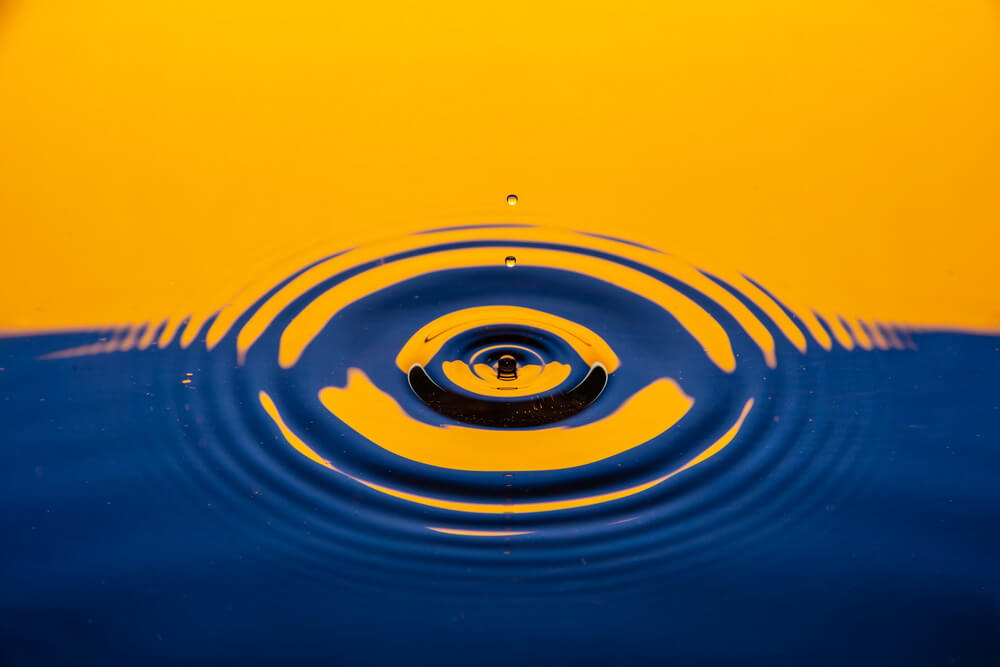
Gas sensors
Gas sensors help determine the concentration of various gases in the atmosphere — carbon dioxide, methane, and others. These are the sensors used in the Internet of Things systems largely by manufacturers, hospitals, oil and gas expects and lab facility managers.
Gas sensors in manufacturing
Gas sensors activate indoor air quality meters that help manufacturing business owners ensure a high level of workplace safety and protect employees from inhaling hazardous gasses.
Example: The European Union has recently launched an initiative, where a series of gas sensors were deployed to measure ozone levels at factories and homes. Projects like Feature Forest rely on gas sensors to reduce the environmental impact of port activity, with gas-sensor-equipped devices deployed in Poland.
Gas sensors in healthcare
Portable gas sensors can come in handy when improving the quality of life for asthma patients — using a sensor-equipped device, a person with respiratory impairments can find out if a room is oxygenated enough to be comfortable.
Gas sensors are implemented in smart breath analyzers as well, improving the speed, efficiency, and precision of respiratory tests.
Gas sensors can be deployed to monitor the health of athletes and ensure they have enough incoming air during training sessions — this way, medical teams can reduce the number of injuries.
Gas sensors at homes and facilities
Using gas sensors allows office managers and homeowners to fully automate the HVAC system and ensure higher productivity and employee/tenant satisfaction thanks to real-time air quality monitoring and adjustment.
Embedded into CO detectors, gas sensors help prevent in-home emergencies. Other than that, facility managers use these devices as one of the integral components of smoke detectors.

Chemical sensors
Chemical sensors have a wide range of applications in industrial IoT, smart homes, and cities. By being able to detect chemical-level changes in air and liquids, these types of sensors for IoT help company managers and public officials ensure the well-being of employees or city residents. Pharma companies and laboratories rely on chemical sensors as well to monitor workplace safety.
Chemical sensors in healthcare
Chemical sensors use non-invasive glucose monitoring tools, blood pH trackers, and real-time pathogen monitoring tools (the latter will help predict the activity of bacterial infections and optimize the course of treatment before the symptoms show up). These tools help optimize the process of alcohol and drug testing as well, making it easier for physicians to get accurate patient data.
A detailed real-time bloodwork panel provided by connected healthcare devices can help physicians diagnose illnesses faster and more efficiently.
Other than that, chemical sensors help create a safe environment at hospitals or treatment centers, ensuring within-the-norm levels of radiation and other chemicals.
Chemical sensors in industrial IoT
Chemical sensors are a crucial component of industrial control devices. They help prevent chemical leaks at the factory floor, the risk of employee exposure to chemicals, and ensure that the final product and its packaging don’t contain potentially harmful substances and they comply with legal standards.
Chemical sensors in environment control
Chemical sensors help monitor automobile, airplane, and industrial emissions, providing public offices and governments with insights on the main actors responsible for environmental pollution. Chemical sensors are widely used to monitor radiation levels and alert governments in case of radiation spikes in populated areas.
Example: Public safety is a less obvious sector to look for chemical IoT sensors examples. However, this is the area where the application of sensor-based connected technology is vital. Environics provides a new generation of chemical and biological detectors that can be used in a variety of use cases from securing mass events to providing a first response in accidents.
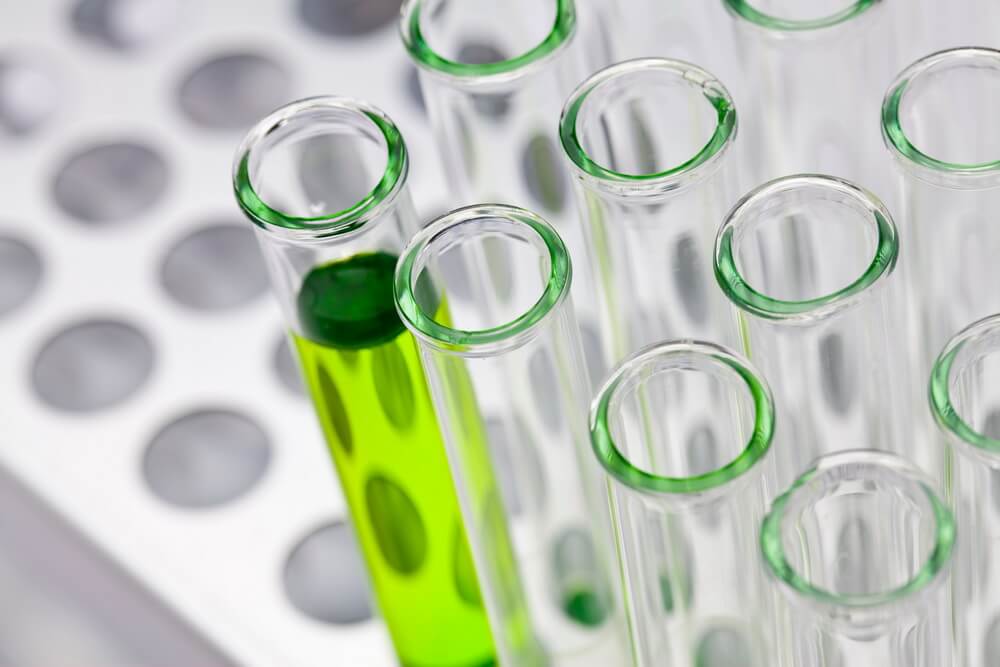
Image sensors
These devices translate image data into a digital signal that will later be transmitted to the network. Image sensors are often used in healthcare, security equipment, night vision, and biometric tools.
Read: Raspberry Pi business ideas: equipment monitoring, gateways, remote control and automation
Image sensors in industrial IoT
Since image sensors cover large surveillance areas, they are an efficient industrial monitoring tool. These devices are commonly implemented for warehouse monitoring and industrial plant oversight. They help detect equipment cracks or deformation and ensure security from intrusion.
Image sensors in healthcare
In eHealth, image sensors are used to improve the efficiency of patient diagnosis. Healthcare professionals can rely on the assistance of connected devices when reading patient scans. Image sensors also empower a wide range of telemedicine applications, helping improve patient monitoring and medical adherence.
Image sensors in warehouse monitoring
Image sensors are embedded into RFID tag and barcode scanners warehouse managers use to track the integrity of their storage. The image recognition tools can help warehouse managers locate needed items improving the efficiency of order processing.
Example: Cogniac, a provider of an innovative image intelligence platform, partnered with a global equipment provider Bobcat to maximize the value of visual data at the warehouses and create more productive and efficient conditions for assembly and manufacturing.
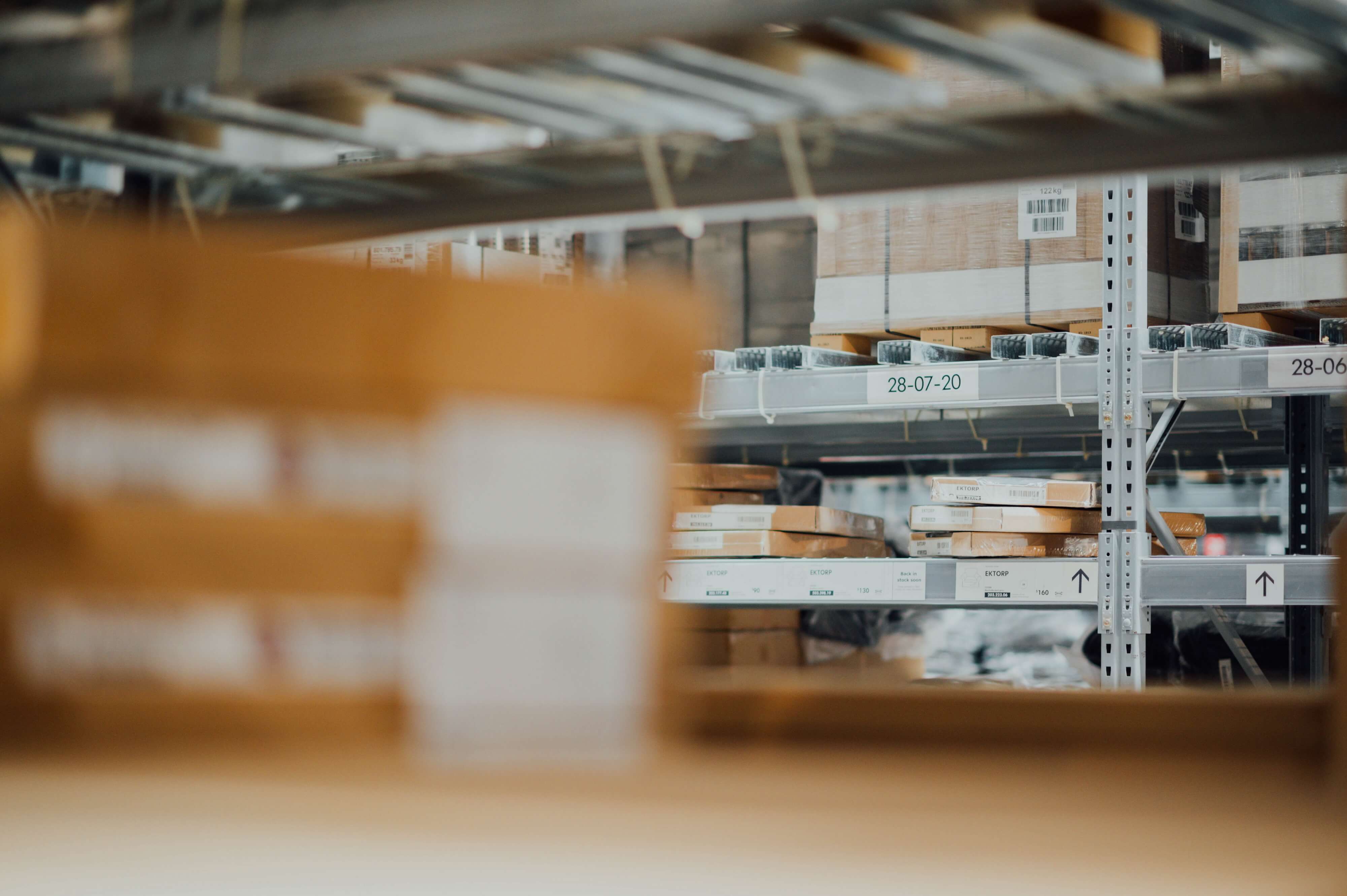
Gyroscope sensors
Gyroscope sensors are designed to capture angular velocity or speed data and are a must-have component of most intelligent navigation tools. In a nutshell, a sensor allows IoT device developers to capture data about the orientation of the object in a 3D space. The application is crucial to multiple robotic innovations.
Gyroscope sensors in automotive
This type of sensor is used to improve in-vehicle safety; they detect skidding and respond by automated control braking. Gyro sensors are also used in vehicle control and car navigation systems.
Gyroscope sensors in robotics
Gyroscope sensors empower the motion of robots, tracking the direction and the speed with which the device is turning. Thanks to gyro sensors, you can control tools like smart vacuum cleaners remotely.
Other examples of IoT Gyroscope Sensor applications:
- Fleet tracking and supply chain monitoring systems;
- Game controllers;
- Smart agriculture monitoring tools.
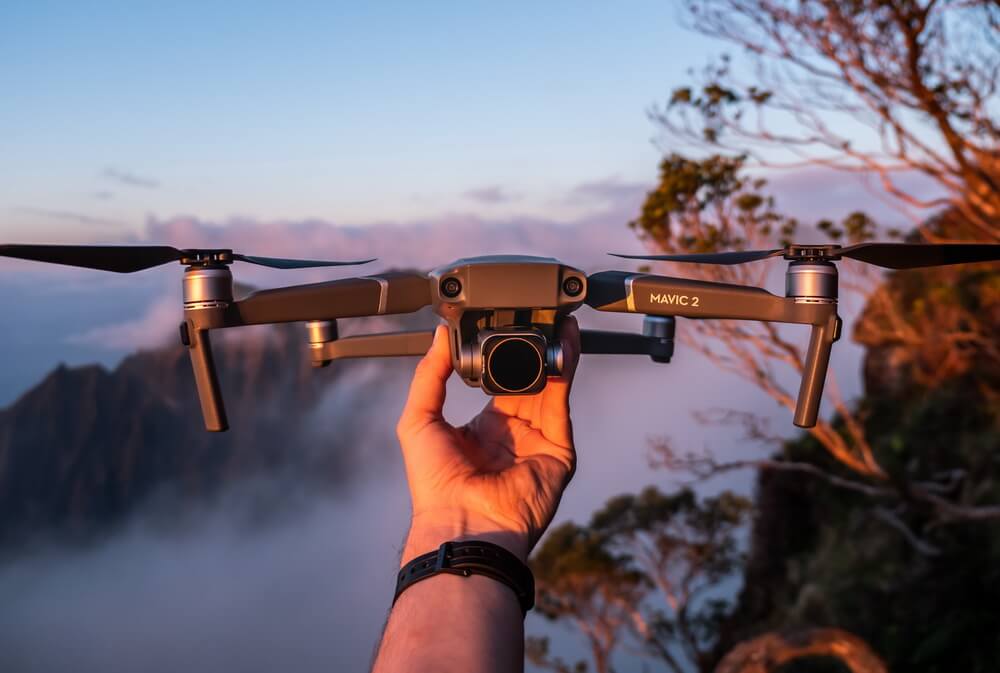
Temperature sensors
Temperature sensors are designed to capture the slightest fluctuation in temperature and translate it into a ready-to-process signal. These devices are widely used in healthcare, manufacturing, IoT-based precision agriculture, house management, and other industries.
Temperature sensors in smart home
Integrating temperature sensors into smart homes helps homeowners improve energy efficiency since the heating inside the property is adjusted based on occupancy. Sensor-equipped devices like remote thermostat controllers get real-time temperature data from inside every room of the house.
Example: One of the global leaders in the smart home market, Nest, provides a fleet of temperature sensors which, when installed in a house or other space, connect to a smart thermostat and enable automated adjustment of temperature.
Temperature sensors in healthcare
Temperature sensors enable accurate non-contact temperature measurement in healthcare. Physicians use IoT-based temperature trackers to measure ear, forehead, or skin temperature.
Temperature sensors in device managers
Device manufacturers implement temperature sensors into devices to adjust internal housing and motor winding. Connected temperature trackers are often used as a part of the security monitoring system for IT asset management.
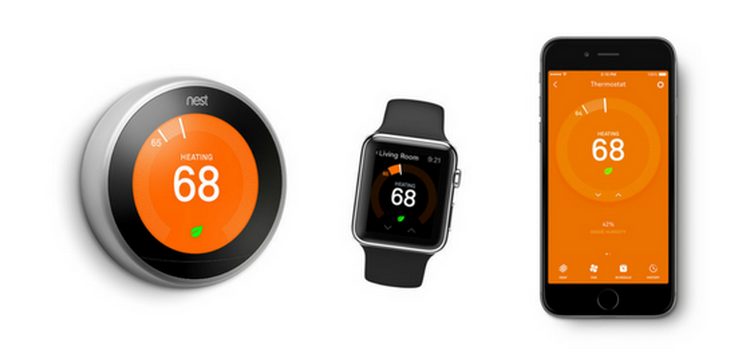
Noise sensors
Acoustic sensors capture the amount of noise emitted within the range of the device. These tools are widely used in manufacturing, construction, heavy industry, and farming, where high noise levels can be dangerous. To a lesser extent, smart cities and homes may use acoustic sensors to regulate noise.
A property owner or manager can define the noise threshold. Once the amount of sound exceeds the given value, the IoT sensor will react.
Noise sensors in construction
Local authorities often ask construction managers to control noise levels on the site — this way, the process will not get in the way of city residents’ daily lives. Noise sensors allow you to constantly track sound levels and generate precise reports. Other than that, these devices empower connected noise-regulating devices construction managers use.
Noise sensors in smart cities
Noise sensors help municipal authorities monitor the noise levels in bars and downtown areas in real-time. Noise recognition patterns allow local safety enforcement organizations to prevent and detect incidents. Noise sensors are used in traffic monitoring as well to analyze noise pollution on highways and roads.
Example: Munisense shows a good example of using IoT sensors for urban noise measurement. The company provides a range of smart city measurement tools, including environmental noise and sound recognition.
Noise sensors in smart home
Noise sensors are a part of a connected security system. A smart device catches noises in real-time and alerts the owner of the property. Noise detectors help ensure the well-being of pets or kids inside the house as well.
Noise sensors in farming and biodiversity monitoring
Noise sensors are a useful tracking tool that helps monitor the livestock. Tracking vibration levels via a connected device is another helpful application of the tool in agriculture. Additionally, researchers use noise sensors to monitor rare species. They help determine the location of studied animals, ensure their well-being, and study behaviors.

IoT infrastructures and systems are extremely robust and complex. However, none of the intelligent solutions we use every day could function without relying on small devices for capturing data — IoT sensors.
There are multiple IoT sensor models developers use to build solutions. Different types of sensors used in IoT applications include temperature, gas, water quality, motion, and others. They help ensure the safety of our smart homes, empower automated vehicles, optimize large-scale manufacturing, and facilitate healthcare innovation.
At Digiteum, we have extensive experience in working with different sensors and platforms for IoT hardware development, specifically in cleantech and energy sector. Check our portfolio to see relevant case studies such as the development of an innovative energy management and storage solution for a fast-growing US company. Or contact us directly for a free consultation.
If you are building a sensor-based system and need help at developing useful applications and effective data analytics and visualization tools, our IoT development agency can help. Our team of software engineers, designers and data scientists have robust experience working with connected systems both at the frontend and backend. Leave us a message to talk about your project.


